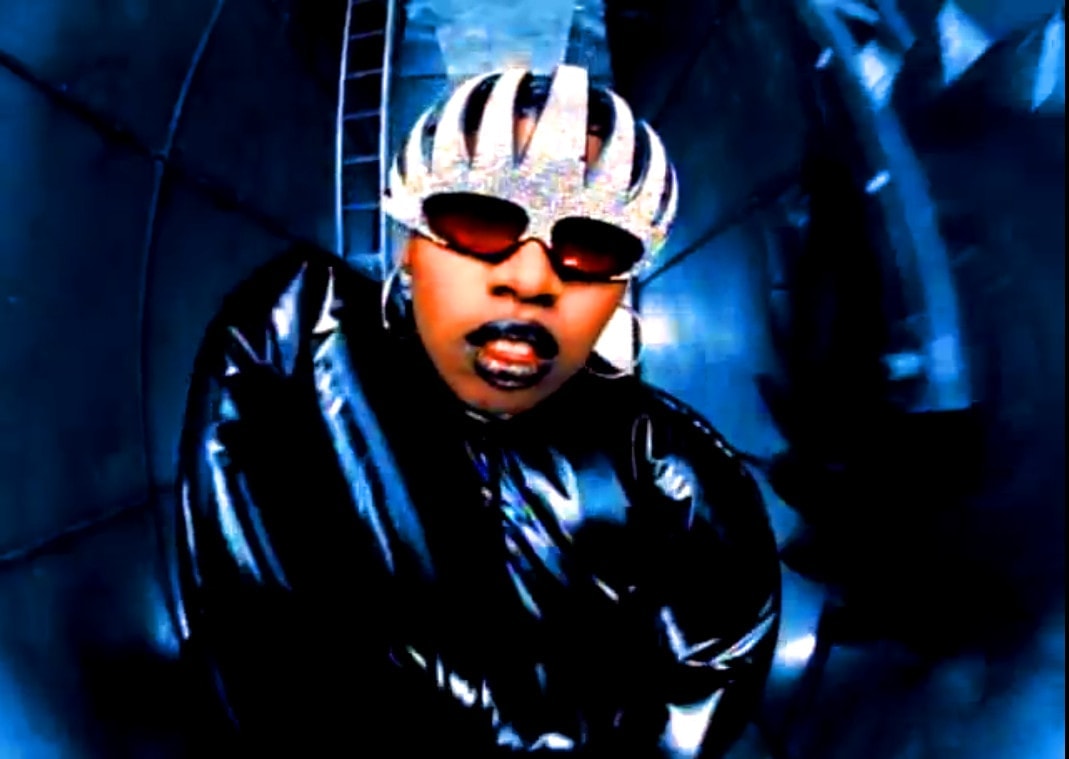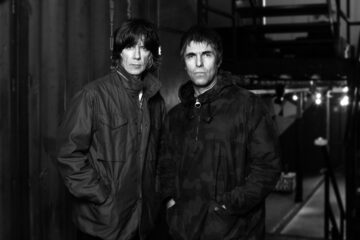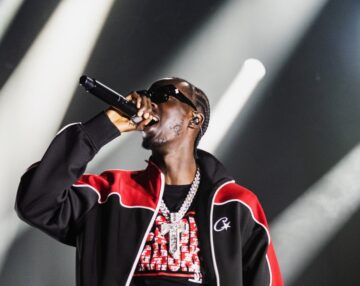
In a debut for whynow, the illustrious Thomas Hobbs writes on how the well-trodden path of remastering classic rock albums – either to introduce them to new audiences or squeeze as much financial juice from them – is now being followed by the hip-hop world.

Jim Morrison of The Doors, (Photo: Michael Ochs)
There isn’t a week that goes by without news of a classic 90s rap album being remastered or a freshly commissioned television show focusing on one of the decade’s most pivotal emcees.
In the last month alone, we’ve learned of Biggie’s generation-defining “Juicy” music video being remastered in 4K, a new Nick Broomfield documentary looking into the murders of Biggie and Tupac, casting news for a second season of Wu Tang Clan: An American Saga, and plans for memoirs by Lil Kim and Foxy Brown. By the time you read this, don’t be surprised if there’s been several more announcements.
With many of its biggest artists now plucking out their grey hairs, the decade that gave us the Ol’ Dirty Bastard, The Chronic, and what felt like thousands of glossy Hype Williams-directed music videos is effectively getting the “classic rock” treatment, with the music industry well aware of the hazy goodwill that exists around 90 hip hop.

Much like the conveyor belt line of remasters, books, special edition boxsets, biopics, and documentaries commissioned around formative rock music released between 1965 and 1975, record label execs are hip to the fact that for anyone between the ages of 20-40 right now, 1990s rappers are seen as the new Beatles, Doors, Hendrix, and Led Zeppelin, and that the subsequent demand for product around those kind of legacy artists rarely recedes.
But much like the nostalgia economy that exists around classic rock, there’s a feeling that so much of this activity is simply an exercise in hagiography, with projects that fail to stretch beyond incredibly basic levels of hero worship, typically designed to keep the tills ringing for ghosts. These releases consistently fail to re-contextualise 90s hip hop and endlessly recycle stories that have been in the public domain longer than most of the people they’re aimed at have been alive.
Let’s take Biggie and Tupac as a prime example. The slain gangster rap legends have so many new books, tv shows, documentaries and podcasts that it’s easy to forget they’ve both been dead for the best part of 25 years. Although these projects are usually listed as “new” creations, they seem to voyeuristically repeat all the same information about how they died, how they became famous, how they became friends and then fell out, and why death has made them immortal.

Photo: Brian Duff
There’s nothing that dares to explore the fact Tupac died broke, driving cars and living in houses that weren’t even in his name, another Black icon exploited by a capitalistic music industry. Nothing that looks into the hyper-violence that the West Coast legend revelled in, but plenty on how Tupac was a victim of the bogeyman Suge Knight, a limiting myth that’s been peddled for far too long. Meanwhile, the idea of Biggie physically abusing a teenage Lil Kim and holding a gun to her head is ignored at all costs.
An artist who routinely wrote songs about being feeling depressed and suicidal is instead exclusively portrayed as a larger-than-life superhero, with the fragile human being behind the Versace shades barely getting a reference. The pair are not framed as kids in their early 20s who recorded just as many mistakes as wins, but unimpeachable Gods who sit within their own romanticised folklore.
The totality of the lives that our rap icons from the 90s lived is not anywhere close to being reflected in the endless products released in their names. Just like the “classic rock” wave, labels and film studios are more preoccupied with recycling the same old mythology around our rock stars than attempting to say something truly new about their legacy and how it fits into our world today.

Photo: John Minihan
The intrigue around the 90s is eternally high, just as it is for the Flower Power years, and there’s subsequently an awareness among the suits that you only have to do the bare minimum to get the tills ringing. After all, creating an infinite brand means keeping to a consistent narrative. Ultimately, probing too much around flawed human beings, who’ve long been turned into t-shirt logos, could prove to be a distraction.
The nostalgia express is unlikely to derail anytime soon. On some level, it’s fantastic to see hip hop culture receive the kind of respect usually reserved for dull white guitarists. This hive of activity will surely rubber stamp the rap music created in the 1990s as something historically significant.
The nostalgia express is unlikely to derail anytime soon
This wave of new art exploring 90s rap may also hint that there’s not enough rappers around today who can match the sheer star power present in that decade, a void perhaps in emcees using their voices to wake up the masses during our current time of civil unrest and, therefore, a need to keep looking in the rearview mirror for inspiration.
What’s undeniable is that 1990s rap has been transformed into a rolling product. Around 15-20 years from now, the same thing will happen with Soundcloud rap, with Lil Peep, XXXTentacion and Juice WRLD all set to be positioned as similar, non-stop history lessons and doses of nostalgia.
The era of unnecessary remasters and major organisations constantly pumping out glossy, audio-visual Wikipedia pages around our legendary rappers has only just begun. Just don’t expect to learn anything new.
Title image is a detail from Jacob de Graeff by Kehinde Wiley, 2018, held at the Oklahoma City Museum of Art




